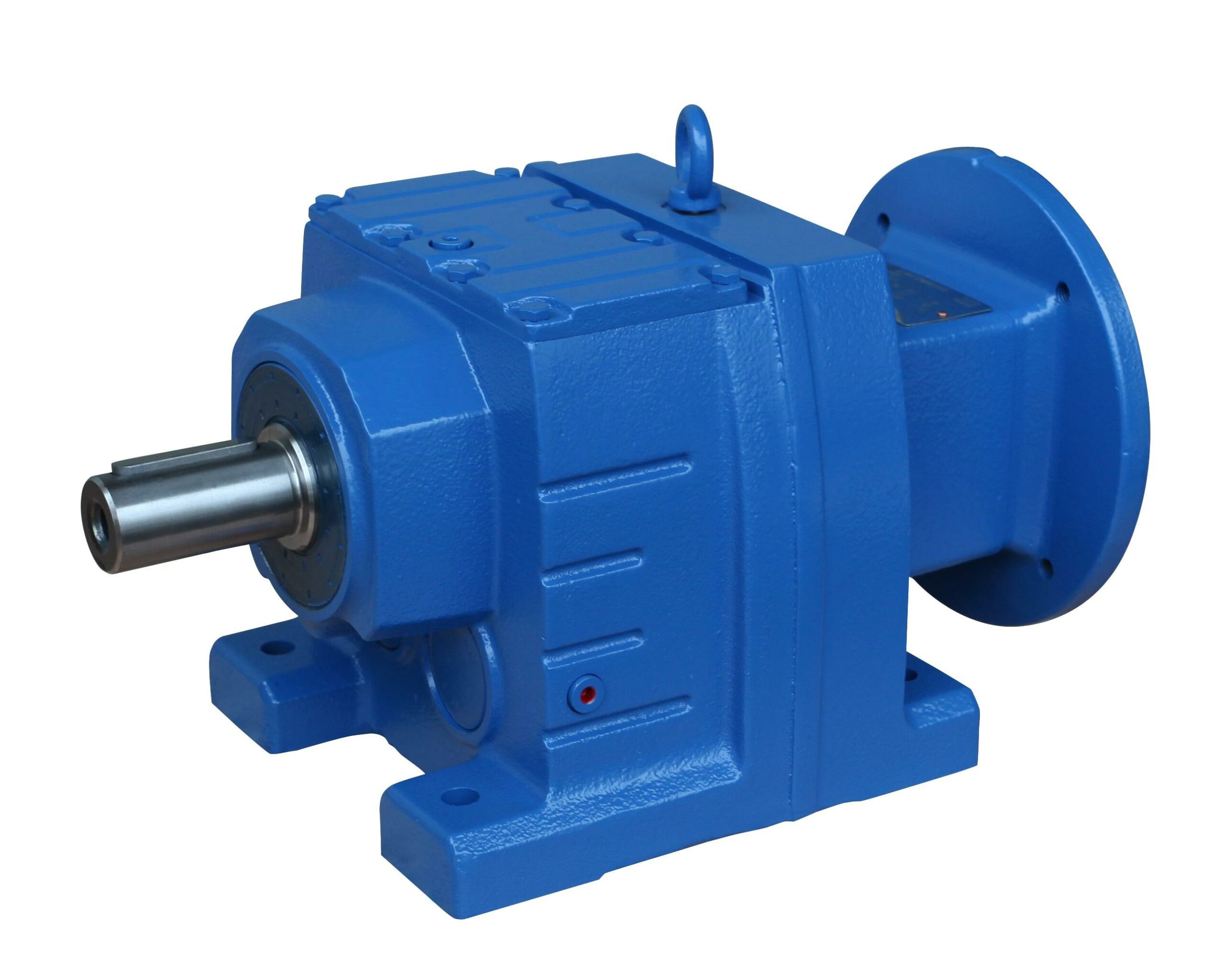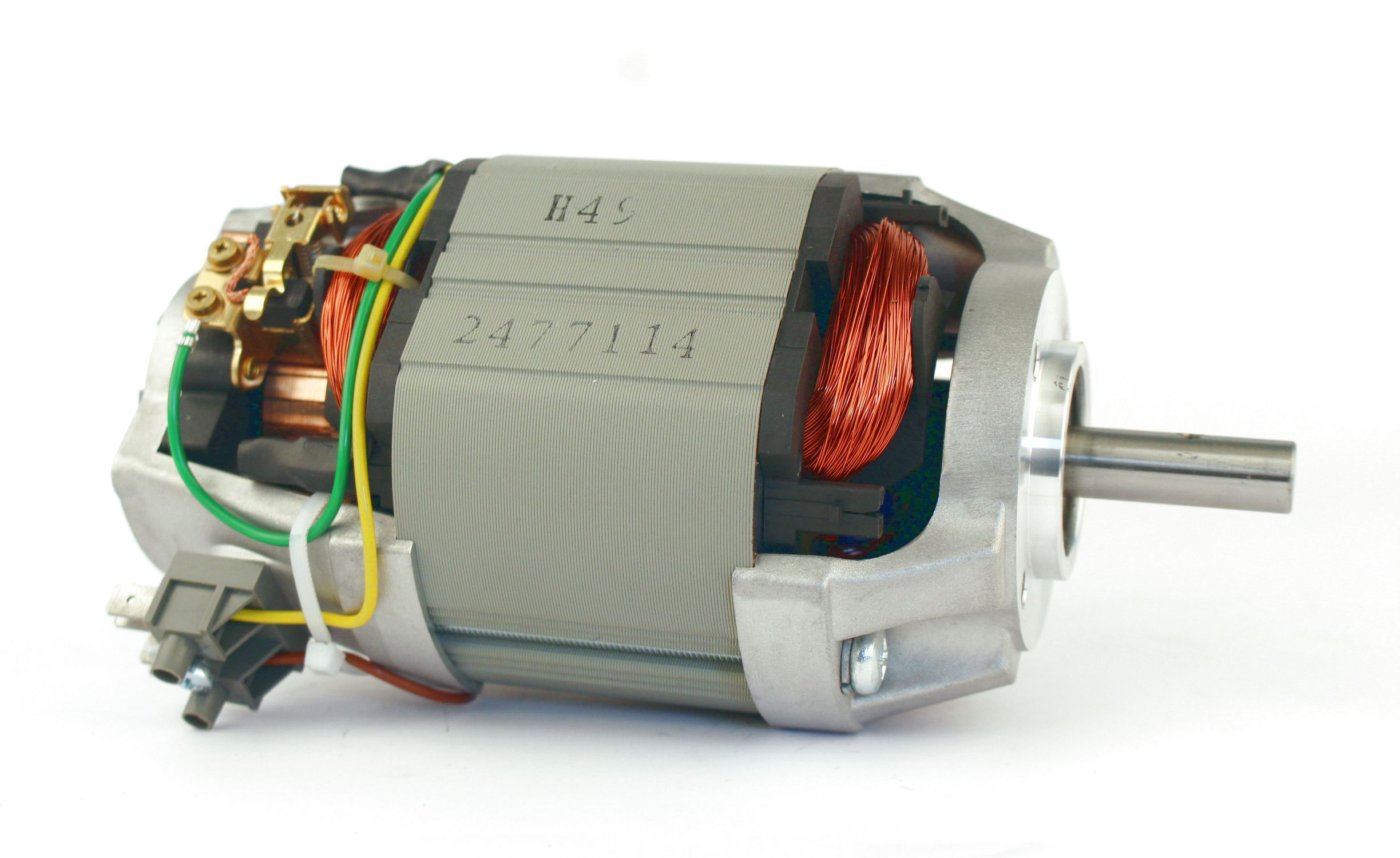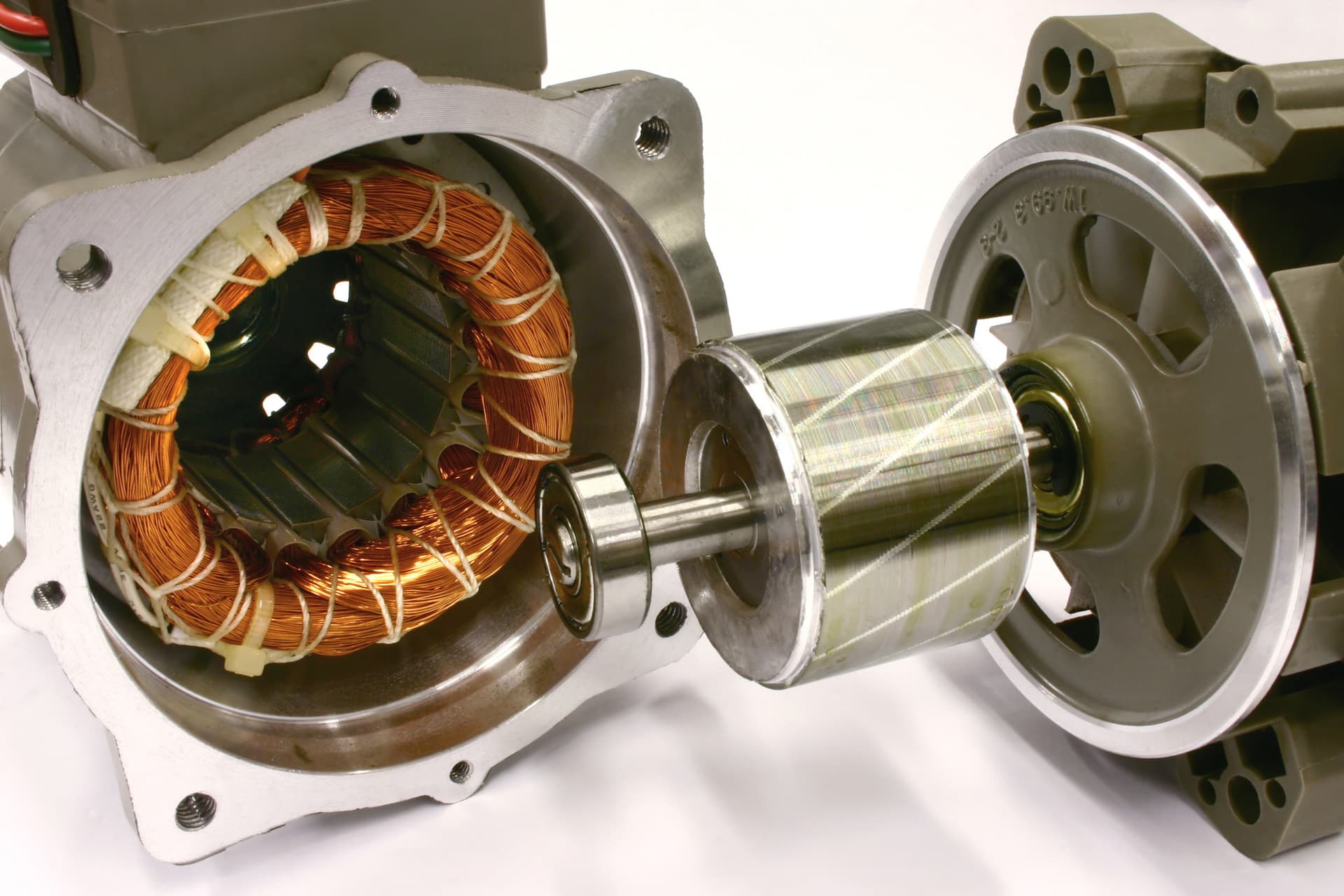Electric motors play a significant role in various industrial sectors and also have wide-ranging applications in several commercial and domestic areas. There are many varieties of electric motors available in the market which are classified into three main segments of DC motor, AC motor, and motors for particular purposes. AC motors are viable power sources for a range of applications due to their flexibility, efficiency, and quiet operation. But how does an AC motor work? In this article, we will discuss the working principle of AC motor. Read on to find out more.
What Is an AC Motor?
An AC motor is a kind of electric motor that uses an electromagnetic induction phenomenon. This electric motor is driven by an ‘alternating current.’ It is a type of electric current that periodically reverses direction and changes its magnitude continuously with time. This current is a contrast to direct current, or ‘DC,’ which flows only in one direction. From a simple electrical input signal, an AC motor can offer a comparably efficient method of producing mechanical energy.
AC Motor Construction
To better understand the working principle of AC Motor, first, let’s see what the components of an AC motor are.
AC motors consist of a frame or yoke, stator, rotor, bearings, fan, shaft, and slip rings. The frame is used as an outer protecting cover that is used to protect against environmental conditions. The frame also acts as an outer periphery such that the inner parts can be easily housed. The stable state section of the equipment is the stator on which the stator winding is enclosed.
The rotor is the moving part that either moves clockwise or anti-clockwise depending upon the thrust impelled on it. The bearings provide proper friction for the rotor to run smoothly. A fan is employed to remove the unwanted heat that is gained during the running of the rotor. It is expelled out through the ventilation that is provided behind the machine. A shaft is provided to deliver the mechanical output as the rotor rotates. The slip rings are employed for a normal Ac machine where rotating armature stationary field winding is employed. In this situation, the slip rings allow the input alternating current to change continuously in the coils.
Working Principle of AC Motor
To gain a basic understanding of how an AC motor exactly works, we need to know its key characteristic. An AC motor specifically runs on alternating current.
- An Alternating current or charge is one whose flow direction around a circuit is reversed at regular intervals. It also means that the voltage on an AC circuit changes periodically, whereas a DC circuit remains relatively constant.
- Now, the AC motor relies on a device called an alternator to produce this alternating charge direction. It is a specialized type of electrical generator. When electricity is passed through a spinning shaft, the rotor, an electromagnetic field, or EMF is usually created in that generator. Meanwhile, the stator turns around itself or within a set of static wire coils. When the rotor turns concerning the stator, the resulting EMF switches direction or polarity at set points relative to the stator.
- It happens because it is created by a charged rotor turning on a fixed axis. As a result of switching polarity, the periodic reversal of the current direction in an AC motor happens at regular and predictable intervals. All of this can be compared with a piston or paddle which moves water around a ducting system. When the piston moves water in and out at a consistent speed, it in turn pushes the water back and forth through the conduit.
- Although AC motor offers a simple design, like a magnetically driven copper wound stator and a rotor mechanism, it is a low-cost and high-efficiency mechanism used in a large variety of applications. Wherever electric appliances are utilized, AC motor has its applications from heavy industrial to household environments, no matter what types and categories it has.
Read More on Linquip
- Working Principle of Stepper Motor: The Only Guide You’ll Ever Need
- The Only Guide You’ll Ever Need For The Working Principle of Induction Motor
- Your Guide To The Working Principle Of DC Motor
- AC Series Motor
AC Motor Advantages
AC motors are a preferred source of supply due to the following reasons:
Longevity
With only a few moving parts, AC motors have the potential to last for years. The durability of AC motors makes them a preferred solution for field applications such as agricultural equipment and commercial applications such as vending machines.
Efficiency
The speed-to-torque characteristics of AC motors allow them to provide excellent performance in many applications without overheating, degeneration or braking. This is why an AC motor is chosen for high-demand applications such as pumps and packaging equipment.
Quiet Operation
Producing less noise, AC motors are ideal for applications in stores, hospitals, and restaurants.
Availability
AC motors are available in a wide range of sizes and power outputs. This wide range makes it ideal for many applications.
So, this was everything you needed to know about the working principle of AC motor. If you enjoy this article, let us know what you think by leaving a reply in the comment section. We will be more than glad to have your viewpoint on the article. Is there any question we can help you through? Feel free to sign up on Linquip where our experts are prepared to provide you with the most professional advice.
Buy Equipment or Ask for a Service
By using Linquip RFQ Service, you can expect to receive quotations from various suppliers across multiple industries and regions.
Click Here to Request a Quotation From Suppliers and Service Providers







What size of a motor can produce 79kw at what current?